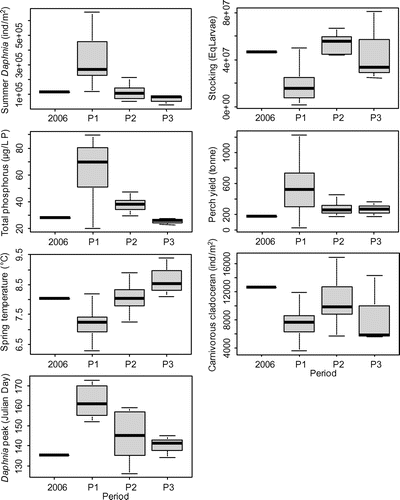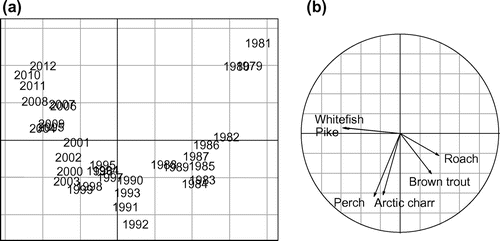Figures & data
Figure 1. Long-term changes in (a) annual mean water temperature measured at 5 m and (b) total phosphorus concentrations (measured as P) in the water column from 0 to 309 m; modified from (Lazzarotto et al. Citation2013).

Figure 3. Historical records of catch per unit effort (CPUE) for key species in Lake Geneva over the past 3 decades (solid lines) and spline regressions (dashed line) starting from 1987 (vertical line) to highlight trends over more recent period.
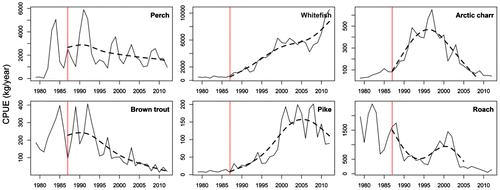
Figure 4. Historical records of whitefish catch (solid line) and abundances via CPUE (dashed line) in Lake Geneva.
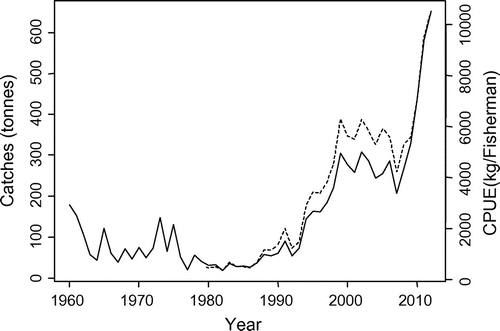
Figure 5. Age structure of landings (based on scale analysis) for 2009, 2010, 2011, and 2012. The number of fish sampled (n) is provided for each year.
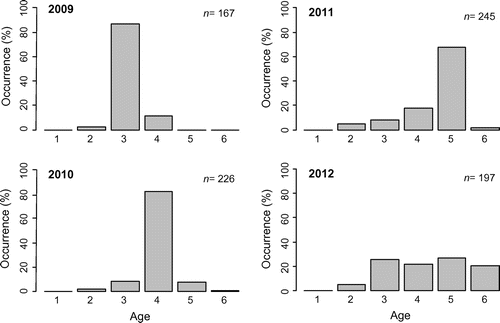
Figure 6. (a) Distribution of the center of gravity of periods (P1: 1974–1992; P2: 1993–2005; and P3: 2007–2009) within the first plane defined by axes I and II from the between-group PCA. (b) Ecological meaning of axes I and II: number of stocked larvae (Stocking), phosphorus concentration (Ptot), abundance of perch (Perch), water temperature in spring (T_Sp) and summer (T_S), Daphnia abundance in spring (D_Sp) and in summer (D_S), the date of spring maximum Daphnia abundance (D_MaxD), and L. kindtii and B. longimanus abundance in Summer (CClad_S). 2006 is represented separately as the reference year that consists of environmental conditions associated with high recruitment success.
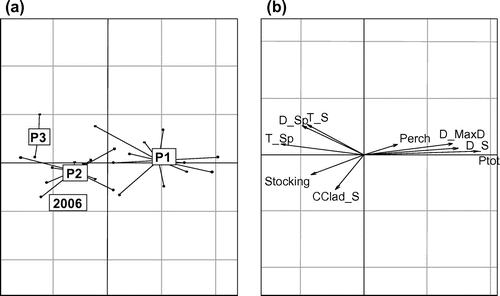
Figure 7. Environmental parameters considered to explain long-term change in whitefish abundance. Boxes and whiskers, respectively, represent the 25th–75th and 5th–95th percentiles. 2006 is represented separately as the reference year consisting of environmental conditions associated with high recruitment success.
